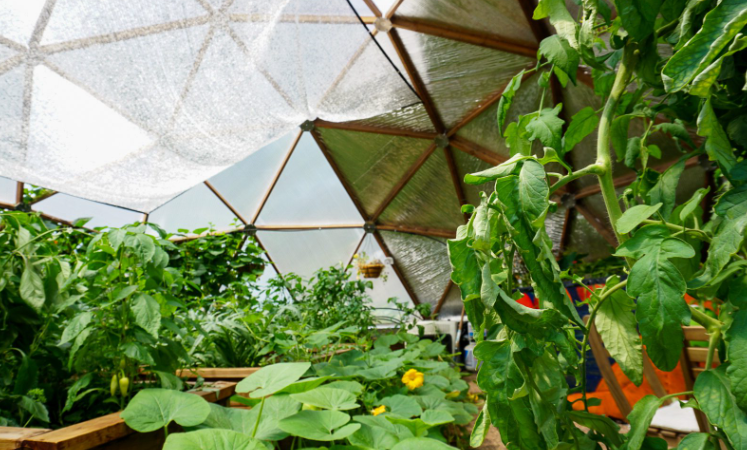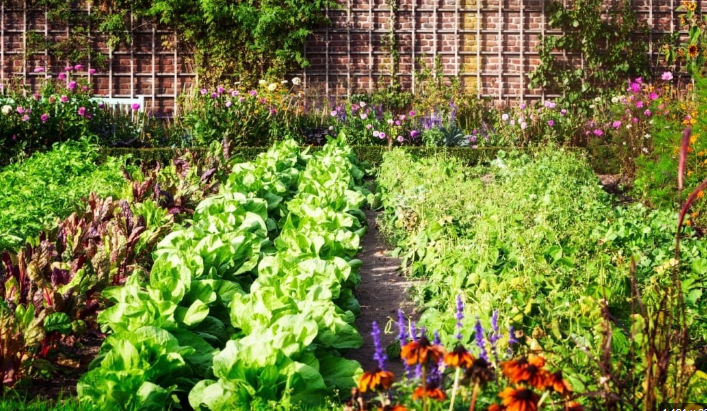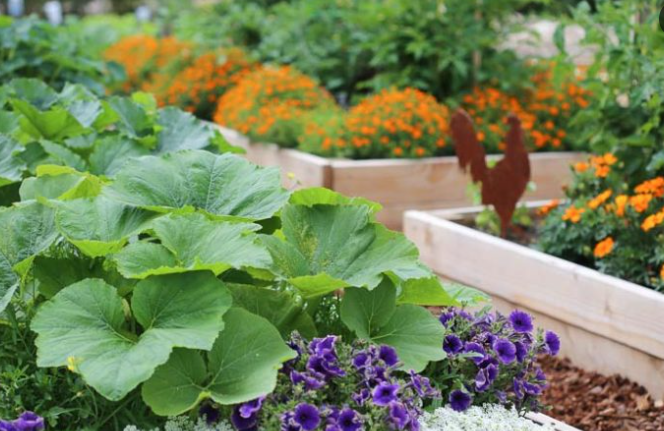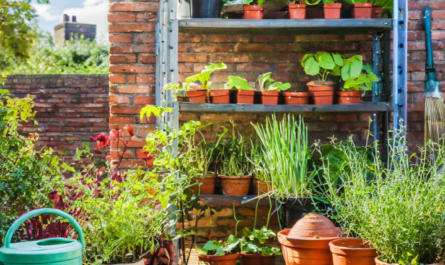Companion planting is an age-old gardening practice that involves growing certain plants together to enhance growth, deter pests, and improve overall garden health. By understanding the relationships between different plants, you can create a thriving garden ecosystem that is both productive and sustainable. This guide will introduce you to the art of companion planting and provide tips on how to implement it in your garden.
What is Companion Planting?

Companion planting is the strategic placement of plants in proximity to each other based on their mutual benefits. These benefits can include pest control, improved nutrient uptake, enhanced growth, and better pollination. By mimicking natural ecosystems, companion planting creates a balanced and resilient garden environment.
Benefits of Companion Planting
Pest Control
Certain plants can repel pests or attract beneficial insects that prey on pests. For example:
- Marigolds: Repel nematodes and aphids.
- Basil: Repels mosquitoes and flies.
- Nasturtiums: Attract aphids away from other plants.
Improved Growth and Yield for Companion Planting
Some plant combinations can enhance each other’s growth by improving soil quality or providing shade:
- Beans and Corn: Beans fix nitrogen in the soil, benefiting corn, which is a heavy feeder.
- Tomatoes and Basil: Basil can improve the flavor and growth of tomatoes.
Efficient Use of Space
Companion planting allows for more efficient use of garden space by combining plants with different growth habits:
- Carrots and Radishes: Radishes grow quickly and can be harvested before carrots need the space.
- Lettuce and Tomatoes: Lettuce can grow in the shade of taller tomato plants.
Soil Health
Certain plants can improve soil structure and fertility:
- Legumes: Fix nitrogen in the soil, which benefits neighboring plants.
- Deep-rooted plants: Break up compacted soil and bring nutrients to the surface.
Common Companion Planting Combinations

The Three Sisters
An ancient Native American planting method that includes corn, beans, and squash:
- Corn: Provides a natural trellis for beans.
- Beans: Fix nitrogen in the soil.
- Squash: Acts as a living mulch, suppressing weeds and retaining moisture.
Tomatoes and Companions
Tomatoes benefit from being planted with:
- Basil: Improves flavor and repels pests.
- Marigolds: Deter nematodes and pests.
- Carrots: Improve soil aeration.
Carrots and Onions
Planting carrots and onions together can deter pests such as carrot flies and onion flies. The strong smell of onions confuses pests, making it harder for them to locate their preferred plants.
Cucumbers and Nasturtiums
Nasturtiums attract aphids away from cucumbers and act as a trap crop. They also repel cucumber beetles with their strong scent.
How to Plan Your Companion Planting Garden

Step 1: Assess Your Garden Space
Determine the layout and size of your garden space. Consider factors such as sunlight, soil type, and water availability.
Step 2: Choose Your Plants
Select plants based on your climate, soil conditions, and personal preferences. Make a list of potential companion plants for each main crop.
Step 3: Create a Garden Plan
Sketch a layout of your garden, incorporating companion plants. Ensure that taller plants won’t shade out shorter plants that need full sun.
Step 4: Plant and Maintain
Plant your garden according to your plan. Regularly monitor plant health, water needs, and pest activity. Adjust your planting strategy as needed based on observations.
Tips for Successful Companion Planting
- Start Small: If you’re new to companion planting, start with a few simple combinations and gradually expand.
- Keep Records: Document your plant combinations and their outcomes to refine your approach over time.
- Rotate Crops: Practice crop rotation to prevent soil depletion and reduce pest buildup.
- Use Mulch: Mulch helps retain soil moisture, suppress weeds, and improve soil health.
- Encourage Biodiversity: Plant a diverse range of species to create a balanced ecosystem and attract beneficial insects.
Conclusion
Companion planting is a powerful tool for creating a thriving garden ecosystem. By understanding the relationships between different plants, you can enhance growth, deter pests, and improve soil health. Whether you’re a seasoned gardener or a beginner, incorporating it into your garden can lead to a more productive and sustainable gardening experience. Embrace the art of companion planting and watch your garden flourish!
